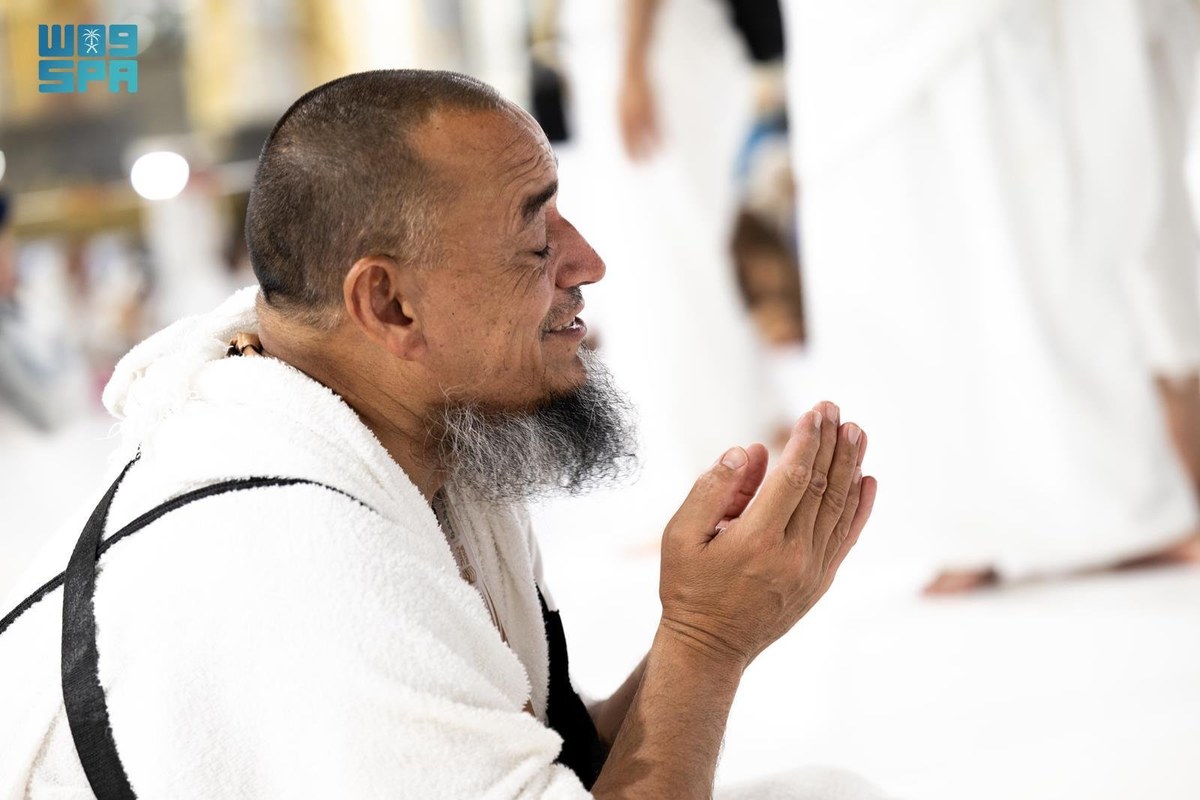RIYADH: The oud is a very ancient instrument that has its ancestors in Babylon, Mesopotamia and Persia. It is a mystical instrument known for its enticing sounds and mesmerizing tunes which has captivated audiences for thousands of years.
The oud went through much development, especially when a famous musician from Baghdad went to Iberia, after which the instrument ventured into the Western world.
The director of the Saudi Heritage Preservation Society, Abdul Rahman Al-Aidan, tells the story of the selling of the oud belonging to the artist Tariq Abdul Hakim.
It started when the team from the Society visited Tariq Abdul Hakim’s son, Sultan, in his father’s museum. Once they laid eyes on the oud, the idea of selling it was presented to him, and he agreed.
During a ceremony honoring the artist in February 2017, the idea was implemented, and the oud was auctioned. So far, it the most valuable musical instrument to be sold in Saudi Arabia — for SR500,000 ($133,305).

Tariq Abdul Hakim’s oud was sold for half a million riyals. (social media)
Sami Fortune, a musical instrument enthusiast, said: “It’s really unusual for an oud to sell for so much. There are some famous ouds that tend to sell for large amounts. Antiques in general are valued because of rarity and age, or because of their previous owner. The maximum price for an oud which I’ve heard of is £10,000 ($14,155). This is quite a jump up from that.”
The lady who bought the oud donated it to the Museum of Historical Performing Arts in Jeddah, which is associated with the Society.
Al-Aidan exclaimed: “This oud is one of the most valuable musical instruments since it belonged to the private collection of the late artist Tareq Abdul-Hakeem, and has appeared often on screen.”
He explained that the association has set up a program, “Taraneem,” to annually honor artistic symbols and celebrate works that have influenced our artistic heritage.
Al-Aidan pointed out that “Taraneem” began in 2015, and honored artists such as Toha and Ibtisam Lutfi, in addition to the artist Tariq Abdul Hakim.
Sultan bin Tariq Abdul Hakim praised the efforts of the Society and its role in preserving the Saudi national heritage, especially the Museum of Performing Arts project, which will display the archives and holdings of his father, the late artist.
A TV drama series will be produced about the life of Tareq Abdul Hakim and his artistic career in Saudi, Egypt, Lebanon and Syria.
It was confirmed that Sultan and his siblings welcomed the reintroduction of their father’s work by any artist in Saudi Arabia or the Arab world, without any financial conditions.





























